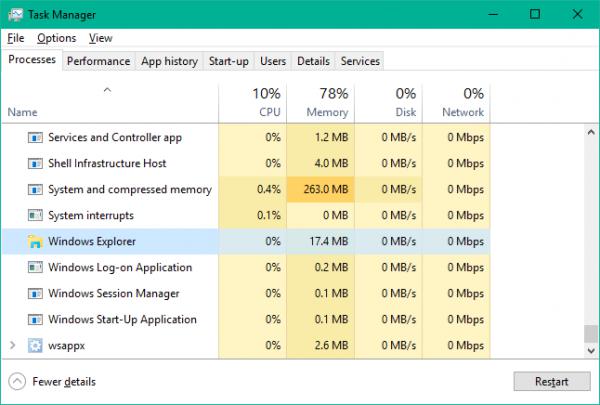
Psequel was a great PostgreSQL GUI client. How do I support the development of PSequel? If you like PSequel, please report bugs and/or. If you don't have a Github account, you could report bugs. Please include your macOS, PostgreSQL and PSequel versions when reporting a bug. If you are reporting multiple bugs or suggesting multiple features, please create separate issues for each bug/feature.

How do I report bugs or suggest new features? Please try not to create duplicate issues. If you think a feature is important, please let me know and I'll adjust its priority based on its popularity. My plan to implement most features in Sequel Pro. What's the current status of PSequel? PSequel is still in its early stage. Why macOS 10.10+ only? I am developing PSequel in my spare time.īy supporting macOS 10.10+ only, I can keep the codebase simpler and save time by not testing it in older versions of macOS. Is PSequel a forked version of Sequel Pro? No, PSequel is written from scratch in Swift 2, although PSequel's UI is highly inspired by Sequel Pro. Is PSequel open source? There is no plan to open source it at this moment. I just dislike Java desktop apps personally. I am a Java developer myself and I like JVM a lot.


In the good old MySQL world, my favorite client is, but its support for PostgreSQL doesn't seem to be happening. However, they are either web-based, Java-based. However, I found its UI is clumsy and complicated. FAQ Why yet another PostgreSQL GUI client? Why not just pgAdmin? Well, pgAdmin is great for its feature-richness.
PSEQUEL NOT SHOWING DATA FOR MAC
PSEQUEL NOT SHOWING DATA HOW TO
Here’s how to use the NOT EQUAL comparison operator with the clause WHERE. Here’s the entire list of comparison operators:Įxample of the PostgreSQL WHERE NOT EQUAL combination clause Let’s look at comparison operators now though, which are the refining symbols used with the WHERE clause for the data to be returned. For example, UPDATE, DELETE, and ORDER BY are statements that pair with the WHERE clause and there are others. It’s good to know that some statements help to refine the rows affected by comparison operators. The three options for the condition of the WHERE results are: unknown, true, or false. Furthermore, the rows that match the condition of true will show up in the result.

Specifically, rows returned in the result response from the SELECT operation are those that were filtered out by the WHERE clause. Here’s an easy example of how to the PostgreSQL WHERE clause script is written:Īs shown in the above example, note that the WHERE clause is implemented after the SELECT operation’s clause FROM.A simple example of using the PostgreSQL Where ClauseĪfter you query using an SQL statement, use PostgreSQL Where to get selected data from those results. Otherwise, without NULL, you’ll get a TRUE or FALSE reply. If a NULL expression is present, it will return an UNKNOWN response to present invalidity. To compare two assessments, use the PostgreSQL comparison operator symbol. The purpose of the PostgreSQL Comparison Operator Start or restart the service if it stopped running.Main PID: 1230 ( code=exited, status= 0 /SUCCESS )Īug 01 14: 51: 20 user-UX330UAK systemd : Starting PostgreSQL RDBMS.Īug 01 14: 51: 20 user-UX330UAK systemd : Started PostgreSQL RDBMS.įor your Windows-based OS, follow these steps to verify PostgreSQL is running: Process: 1230 ExecStart= /bin / true ( code=exited, status= 0 /SUCCESS ) Loaded: loaded ( /lib /systemd /system /rvice enabled vendor preseĪctive: active (exited ) since Thu 14: 51: 20 PST 36min ago


 0 kommentar(er)
0 kommentar(er)
